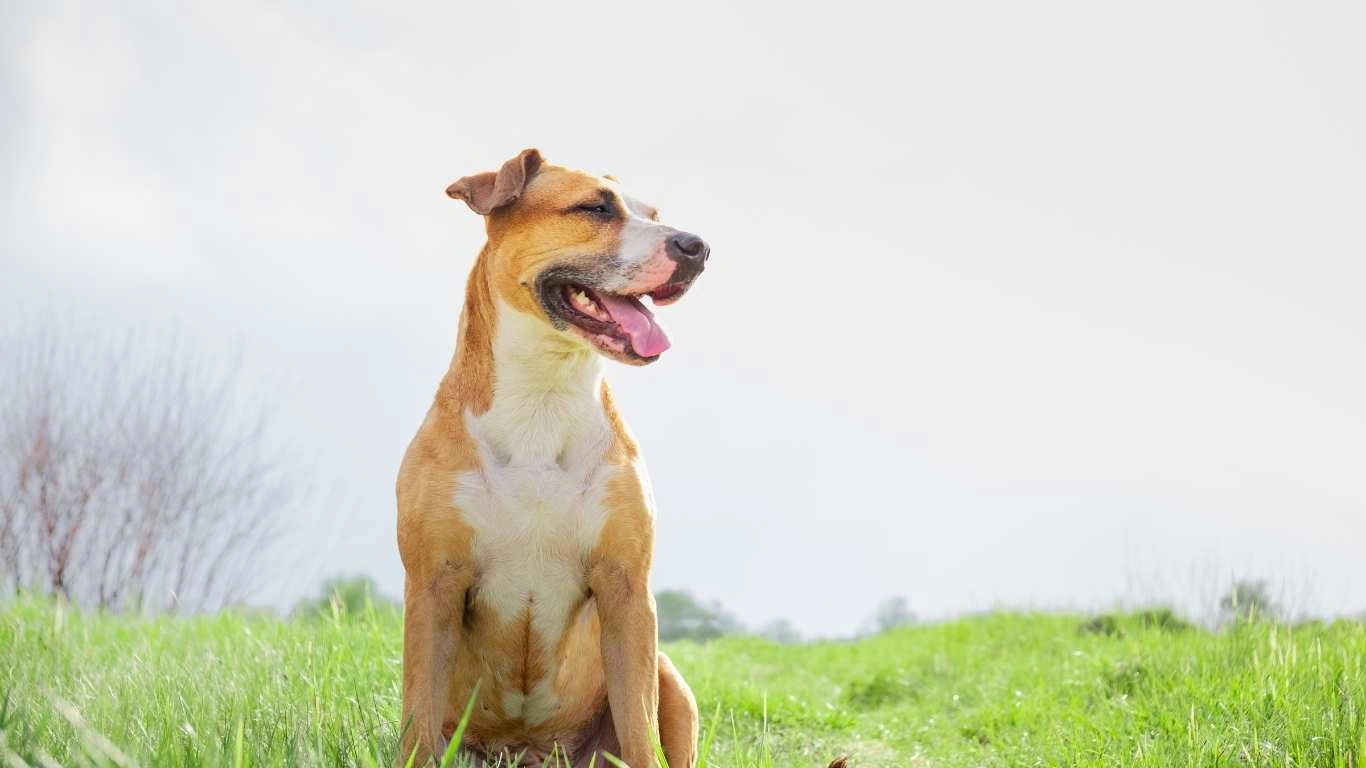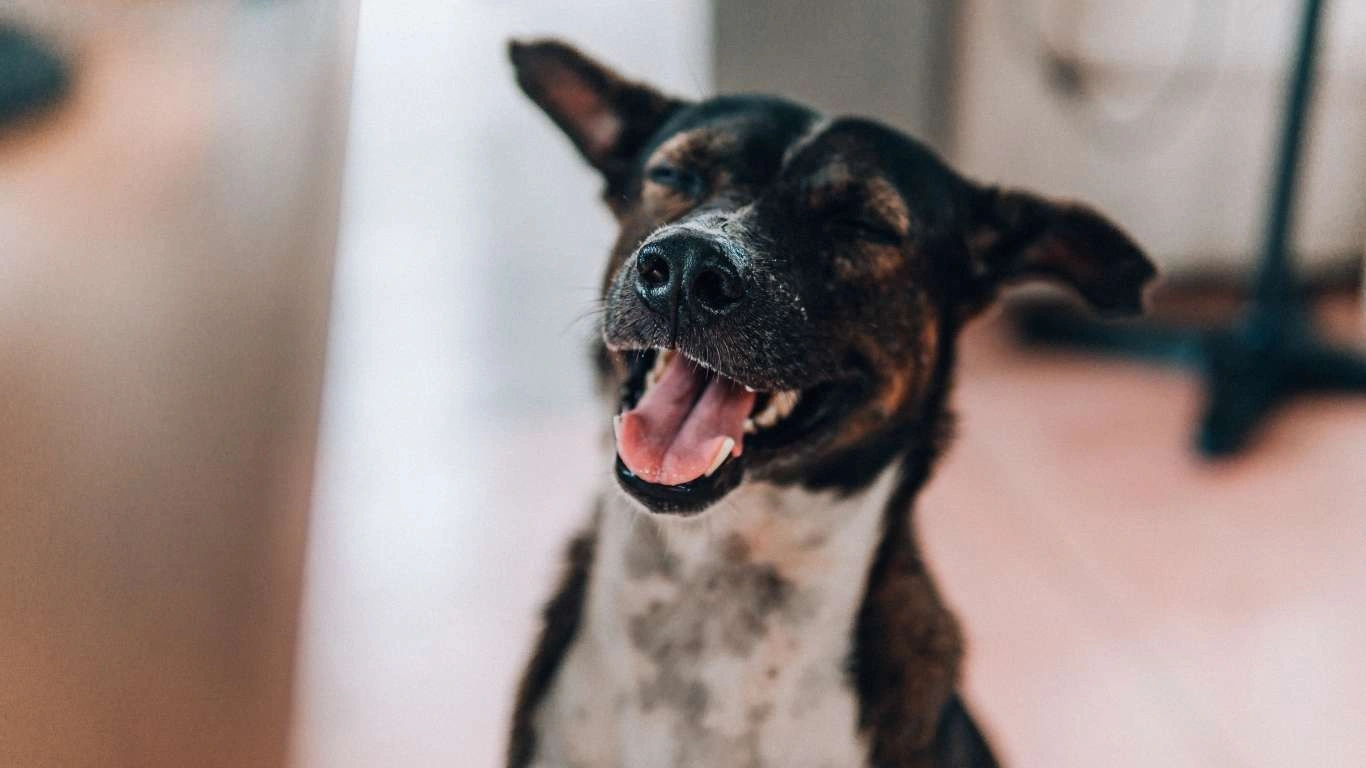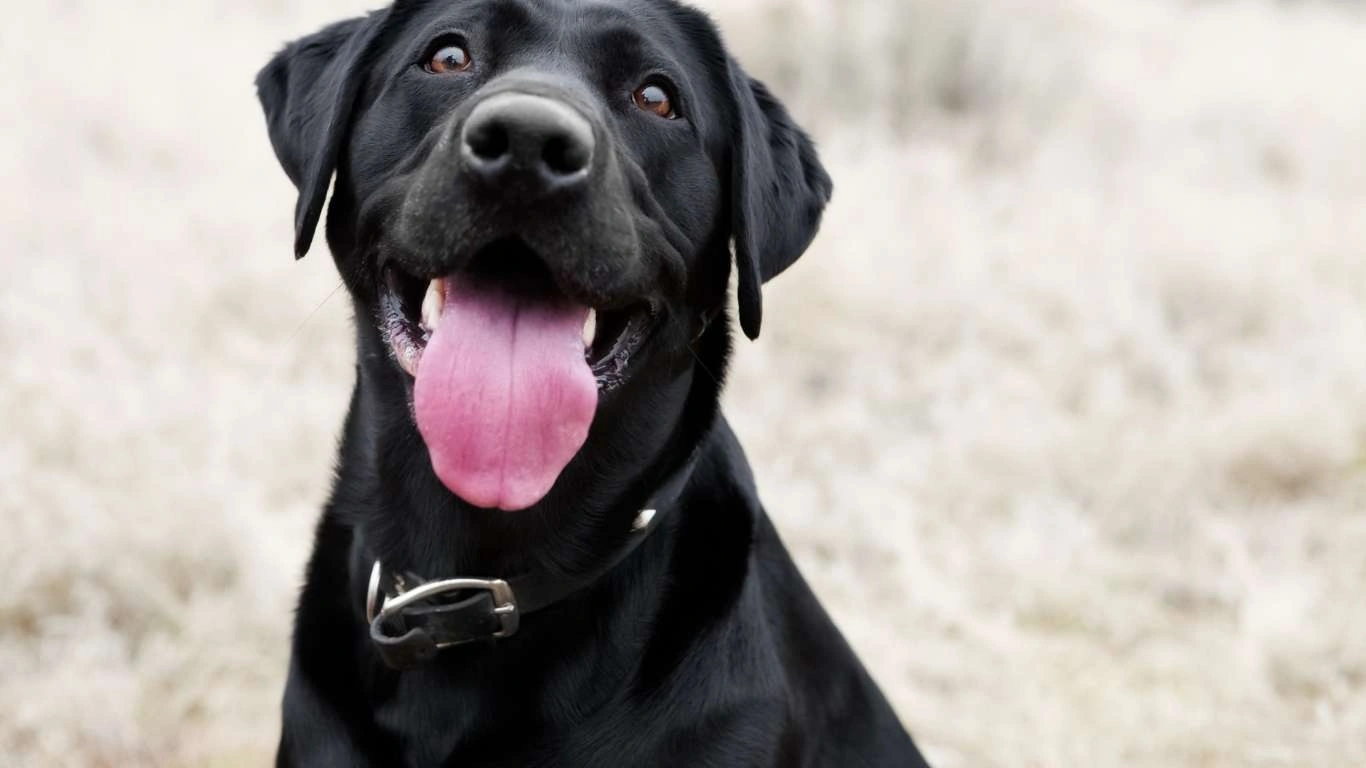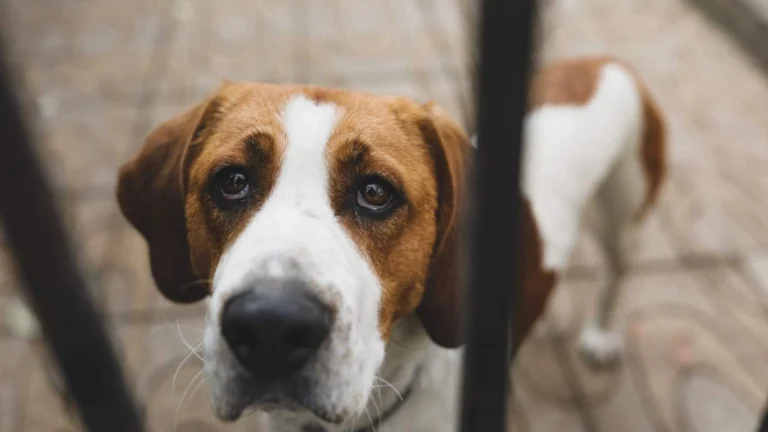Best Diet for Dogs with Anal Gland Issues That Actually Works
As an Animal Care Specialist with years of experience in pet clinics and shelters, I’ve encountered numerous dogs suffering from anal gland issues. It’s a common condition, but many dog owners are unsure about how to manage it. A significant factor in managing anal gland problems is ensuring that your dog’s diet supports their overall health. One of the most frequent questions I get asked is, “What is the best diet for dogs with anal gland issues?” In this article, we’ll dive deep into understanding anal gland issues in dogs and how the right diet can make a big difference in relieving symptoms and preventing recurring problems.
Understanding Anal Gland Issues in Dogs
Before we dive into diet recommendations, let’s take a quick look at what anal gland issues in dogs are and why they happen. Dogs have two small sacs near their anus known as anal glands. These glands produce a smelly fluid that is normally expressed when a dog defecates. The scent serves as a natural marker for dogs, but when these glands become impacted or infected, it can lead to discomfort, inflammation, and even infection.
There are several reasons why a dog might suffer from anal gland issues, but one of the most common causes is poor diet. Low-fiber diets and insufficient hydration can lead to soft stools that don’t provide enough pressure to naturally express the anal glands. This can lead to the glands becoming full, impacted, or infected.

The Role of Diet in Managing Anal Gland Issues
It’s essential to understand that diet plays a critical role in managing anal gland problems. By ensuring your dog eats the right food, you can significantly reduce the chances of their anal glands becoming blocked or infected. A diet high in fiber, for example, helps to firm up your dog’s stools, allowing for natural expression of the anal glands during bowel movements. On the other hand, a poor diet may contribute to loose stools, making it harder for the glands to express properly.
Best Ingredients for Dogs with Anal Gland Issues
When choosing the best diet for dogs with anal gland issues, you’ll want to focus on ingredients that support healthy digestion and firm stools. Here are some key ingredients to look for:
- Fiber: Fiber is a dog’s best friend when it comes to anal gland health. It helps promote regular, firm stools that provide the right pressure on the anal glands during elimination. Look for foods with high-quality fiber sources like sweet potatoes, peas, pumpkin, and brown rice.
- Omega-3 Fatty Acids: Omega-3s, found in ingredients like fish oil and flaxseed, are known for their anti-inflammatory properties. They can help reduce swelling and inflammation around the anal glands, which is especially beneficial for dogs who have recurrent anal gland infections.
- Probiotics: A healthy gut is essential for a dog’s overall health, including the health of their anal glands. Probiotics promote a balanced gut microbiome and can help support better digestion, reducing the risk of diarrhea and constipation that can affect anal gland function.
- High-Quality Protein: Lean proteins like chicken, turkey, or fish are excellent choices for supporting your dog’s overall health, including the proper functioning of their anal glands.

Dry vs. Wet Dog Food: Which is Better for Anal Gland Issues?
When it comes to selecting the right food for dogs with anal gland issues, one of the most common debates is whether dry or wet food is better. Both types of food have their pros and cons, and the best option depends on your dog’s individual needs.
Dry Dog Food
Dry kibble has some benefits, including being cost-effective and convenient. The crunchiness of kibble can help clean your dog’s teeth, and many high-quality dry dog foods are formulated with the right amount of fiber to support anal gland health. However, it’s essential to ensure that the kibble you choose contains adequate moisture, as dehydration can contribute to anal gland problems.
Wet Dog Food
Wet dog food is often more palatable for picky eaters and can be a good option if your dog struggles to stay hydrated. Since wet food has a higher moisture content, it can help prevent dehydration, which is vital for maintaining healthy anal glands. However, wet food may not provide the same dental benefits as dry food, and you should ensure it contains sufficient fiber to support proper digestion.
How to Incorporate Fiber into Your Dog’s Diet
If you’re looking to improve your dog’s anal gland health through diet, adding fiber is a crucial step. But how can you ensure your dog gets enough fiber without causing digestive upset? Here are some tips:
- Choose High-Fiber Dog Foods: Many commercial dog foods are formulated with added fiber to support digestion. Look for those with ingredients like sweet potatoes, pumpkin, peas, or oats. These fiber sources will help ensure that your dog’s stools are firm enough to naturally express the anal glands.
- Incorporate Fresh Vegetables: Adding vegetables like carrots, green beans, and spinach to your dog’s meals can be an excellent way to increase fiber intake. Just make sure they are cooked properly to avoid any digestive upset.
- Consider Fiber Supplements: If your dog’s food isn’t high enough in fiber, you can consider adding a fiber supplement to their diet. Psyllium husk and pumpkin powder are great options for increasing fiber without affecting your dog’s overall diet too much.

Natural Remedies and Supplements for Dogs with Anal Gland Issues
As an Animal Care Specialist, I’ve often seen owners seek alternatives to prescription medication for their dogs with anal gland issues. While a balanced diet is key, sometimes supplements and natural remedies can provide additional support for your dog’s anal gland health. Let’s take a look at some of the most popular and effective options that could help your dog feel better.
Probiotic Supplements
Probiotics are often recommended for dogs with digestive issues, and they can be incredibly helpful for dogs suffering from anal gland problems. Probiotics help maintain a healthy balance of good bacteria in the gut, which can improve digestion and overall stool quality. Healthy digestion and firm stools are essential for the proper expression of the anal glands.
In my experience, dogs that struggle with digestive issues tend to have more problems with their anal glands as well. If you’re not already incorporating probiotics into your dog’s diet, you might want to consider adding a high-quality probiotic supplement to their routine. Probiotics can help your dog maintain a healthy gut microbiome, supporting the digestion process and promoting firmer stools.

Fish Oil for Omega-3 Fatty Acids
As we discussed earlier, omega-3 fatty acids have anti-inflammatory properties that can help soothe irritated anal glands. Fish oil is a fantastic source of omega-3s, and it’s easy to add to your dog’s diet. Whether you choose to give fish oil in capsule form or as a liquid, it can make a noticeable difference in your dog’s health. I’ve personally seen significant improvements in dogs’ skin, coats, and even their anal gland health when omega-3 supplements are incorporated into their diets.
Just like probiotics, fish oil works best when used consistently over time. It helps to reduce inflammation, which can prevent anal gland swelling and infections. If your dog has a chronic issue with their anal glands, this is one supplement that’s definitely worth trying.
Pumpkin: A Natural Solution for Fiber
Pumpkin is often recommended for dogs with anal gland issues, and with good reason! It’s a natural, fiber-rich food that can support healthy digestion and help firm up your dog’s stool. I’ve personally seen many dogs with anal gland problems benefit from the addition of pumpkin to their diet.
Adding a spoonful of pure pumpkin (not pumpkin pie filling, which contains sugar and spices) to your dog’s meals can provide a natural source of fiber that aids in regular bowel movements. The fiber in pumpkin helps push stool through your dog’s system, which can lead to better anal gland expression. It’s simple, effective, and safe for most dogs. Just be mindful of the quantity—too much pumpkin can lead to diarrhea, so a little goes a long way.

When to Consider a Veterinary Visit
While a proper diet and supplements can certainly help manage anal gland issues, there are times when a veterinary visit is necessary. In some cases, anal gland problems are more serious than a dietary imbalance, and professional intervention may be required.
Signs of Impacted or Infected Anal Glands
As someone who has worked in both shelters and clinics, I’ve seen firsthand how uncomfortable it can be for a dog when their anal glands are impacted or infected. Some common signs that your dog’s anal glands may be causing trouble include:
- Excessive scooting: If your dog is dragging their rear end along the ground, it’s often a sign that their anal glands are causing discomfort.
- Licking or biting the rear end: Constantly licking or biting the area around the anus could indicate irritation or infection in the anal glands.
- Foul-smelling odor: A strong, fishy odor from the rear end is often a telltale sign that the anal glands are full or infected.
- Signs of pain: If your dog is reluctant to sit or appears to be in pain when they do, it might be because their anal glands are inflamed.
If you notice any of these signs, it’s a good idea to take your dog to the vet for an evaluation. In some cases, impacted or infected anal glands require manual expression or even surgical intervention. Your vet can also help you rule out other conditions that could be contributing to your dog’s discomfort.
Regular Anal Gland Expression
In some dogs, anal gland problems are recurrent and require periodic expression. While some owners can learn how to express their dog’s anal glands at home (with proper training and guidance), it’s usually best left to the professionals. Many veterinary clinics offer anal gland expression as part of routine check-ups, and it’s often a good idea to have this done regularly if your dog has a history of anal gland issues.

Choosing the Right Dog Food for Anal Gland Health
Choosing the best diet for dogs with anal gland issues doesn’t have to be complicated, but it does require some careful thought. Not all dog foods are created equal, and it’s important to find one that supports healthy digestion and firm stools. When selecting a dog food, you’ll want to consider factors like:
- Quality of ingredients: Always opt for high-quality dog food with real meat as the first ingredient and minimal fillers like corn or soy.
- Fiber content: Look for foods that are high in fiber, particularly those that include fiber-rich ingredients like sweet potatoes, pumpkin, and peas.
- Omega-3 and Omega-6 fatty acids: These essential fatty acids help reduce inflammation and support overall skin and coat health, which is important for dogs prone to anal gland issues.
When in doubt, consult with your vet to find a food that’s best suited to your dog’s specific needs. Some brands even specialize in formulas specifically designed to support anal gland health.
Daily Routine Tips for Supporting Anal Gland Health
Feeding the right diet is a huge part of keeping your dog’s anal glands healthy—but it’s not the only thing that matters. Over the years working in shelters and pet clinics, I’ve learned that consistent routines and small lifestyle tweaks can make a surprising difference. Let’s dive into some real-life tips that I often share with pet parents who are dealing with this stinky, but solvable issue.
Keep Your Dog Active
Movement helps with more than just burning calories. It keeps the digestive system in motion too. Dogs who get regular exercise are less likely to have constipation or irregular stools, which, as you now know, can play a big role in expressing anal glands naturally. I’ve seen it countless times—pups who went from couch potatoes to regular walkers started having fewer anal gland flare-ups. You don’t need to turn your dog into an athlete, but 20–30 minutes of walking or playtime a day can make a world of difference.
Monitor Stool Consistency
This might not be the most glamorous part of dog ownership, but it’s crucial. Paying attention to your dog’s poop can actually tell you a lot about their digestive and anal gland health. If it’s consistently soft or runny, that’s a red flag. Ideally, you’re aiming for firm, log-shaped stools that apply gentle pressure to those glands during elimination. If you’ve recently changed their food and notice softer stools, try adjusting fiber levels or speak with your vet about the switch.

Hydration is Key
This one gets overlooked way too often. Just like with humans, hydration plays a role in your dog’s digestion. Dehydrated dogs are more prone to constipation, which can lead to trouble expressing the glands. If your dog’s more into kibble than water, consider adding a bit of bone broth (low sodium, of course) to their bowl or serving their meals with a splash of warm water. I’ve used that trick at the clinic to encourage picky drinkers to stay hydrated—works like a charm!
Homemade Diet Options: Are They Worth It?
More and more dog parents are exploring homemade diets these days. While I totally understand wanting full control over what your pup eats, it’s essential to go about it the right way—especially if your dog is dealing with something like anal gland issues. I’ve seen dogs thrive on well-balanced home-cooked meals, but I’ve also seen issues worsen when vital nutrients are missing.
Key Considerations for Homemade Meals
If you’re thinking about preparing your dog’s food at home, here are some important points to keep in mind:
- Balance is critical: You need the right mix of protein, fiber, fats, and essential vitamins/minerals. An unbalanced diet can do more harm than good.
- Fiber is your friend: Include fiber-rich veggies like pumpkin, green beans, or sweet potatoes in appropriate amounts.
- Work with a vet nutritionist: Seriously—don’t skip this step. A veterinary nutritionist can help you formulate a meal plan that meets your dog’s specific health needs, including support for anal glands.
If you’re new to this idea, check out trusted sites like PetMD or AKC for starter info, but definitely consult a pro before switching completely to DIY meals.

Breed-Specific Considerations for Anal Gland Issues
Not all dogs are created equal when it comes to anal gland problems. Some breeds are more prone to recurring issues, even with a healthy diet. In my years in animal care, I’ve noticed patterns across certain small and toy breeds especially.
Breeds That Commonly Struggle
- Chihuahuas
- Shih Tzus
- Dachshunds
- Lhasa Apsos
- Beagles
These breeds often have softer stools or a predisposition to inflammation in the glands. For these dogs, you might need to be extra diligent with their diet, incorporate more fiber, and even consider routine gland expressions at the vet. I always advise owners of these breeds to be proactive—catching the problem early can save you (and your pup) a lot of discomfort.
Final Thoughts: Be Patient and Consistent
Managing anal gland issues is definitely a process, not an overnight fix. From what I’ve seen time and time again, consistency is key. The best diet for dogs with anal gland issues isn’t a one-size-fits-all solution—it depends on your dog’s unique needs, lifestyle, and even breed.
Try not to get discouraged if results aren’t instant. Sometimes it takes a few food adjustments or weeks of supplementing with fiber and probiotics before you start to see real changes. Stay observant, keep a log of what works and what doesn’t, and always loop in your vet if symptoms persist or get worse.
Your dog depends on you to be their advocate, and the fact that you’re reading this shows you’re already doing a great job. With the right approach, those scooting, licking, and funky odors can become a thing of the past.
References
Disclaimer
This article is intended for informational purposes only and does not replace professional veterinary advice. Always consult with your veterinarian before making significant changes to your dog’s diet or health routine, especially when dealing with chronic conditions like anal gland issues.






